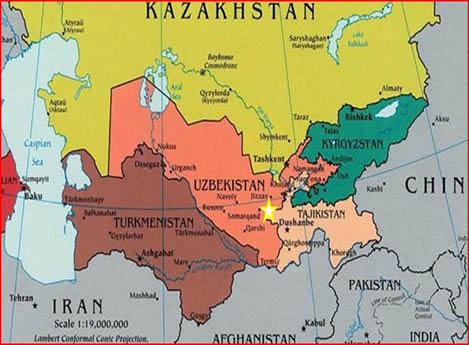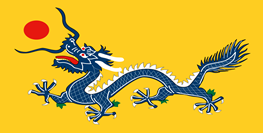


| SILK ROAD STOP: SAMARKAND (CENTRAL ASIA) |
|
Samarkand is one of the oldest inhabited cities in the world, prospering from its location on the trade route between China and the Mediterranean (Silk Road). At times Samarkand has been one of the greatest cities of Central Asia. Founded in 700 BCE by the Persians it was already the capital of the Sogdian satrapy under the Achaemenid dynasty of Persia when Alexander the Great conquered it in 329 BCE. Samarkand has been one of the main centers of Persian civilization from its early days. (Wikipedia)
| Central Asia Slideshow |
|
Click here for larger screen version
|
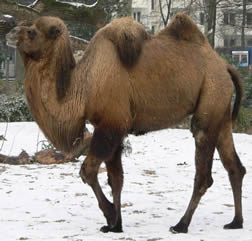
Bactrian Camel
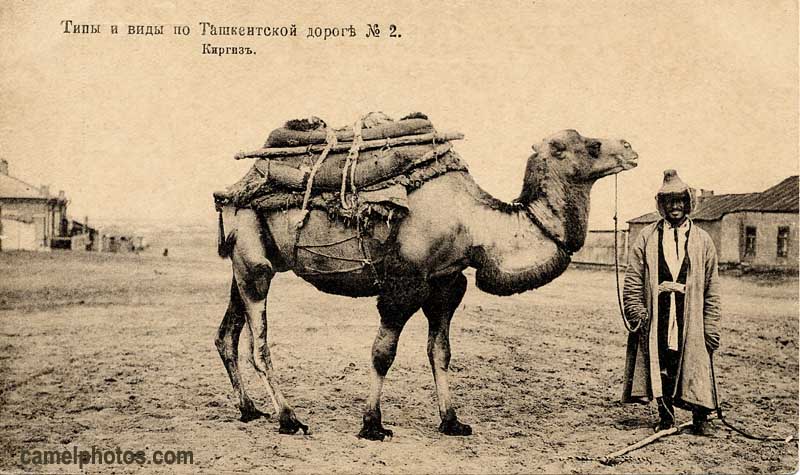
Old photo of saddled Bactrian camel
Bactrian Camel
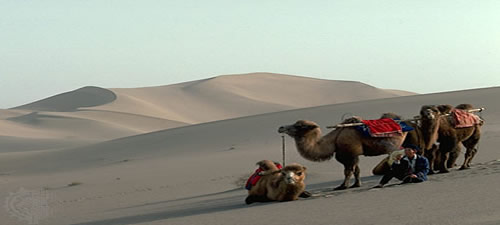
Camel caravan crossing the Taklamakan Desert in China
The Bactrian camel was introduced into China from Bactria, in southwestern Asia, sometime aroung the first century B.C.E. As trade along the Silk Road grew, these pack animals bacame greatly valued for their ability to travel long distances over mountains and across deserts. Camels were uniquely suited to crossing the roughest terrain in an extremely difficult climate because they could go for days without food or water by living off the fat stroed in their humps. Chines traders used camels to transport such goods as silk, jade, tea, spices, and grain to the West. (History Alive)
For use today, see below.
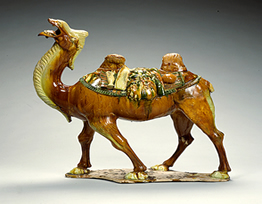
Tang Dynasty sculpture of a Bactrian camel
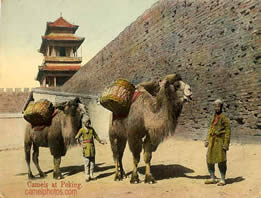
Bactrian camel at the Great Wall of China
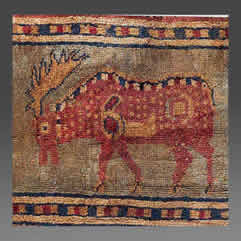
Central Asian horse on a Persian Rug
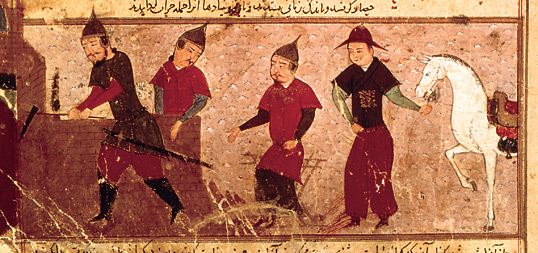
Mongol Genghis Kahn, three sons, and his horse

Plane over the Himalayas
Horse
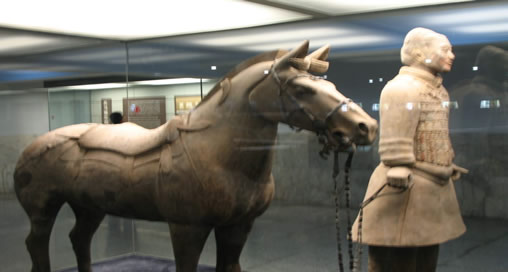
Heavenly Horse of Ferghana in Xian (Part of the Terra Cotta Warriors Collection)
"The story of the Silk Road begins with a horse story! Around 120 B.C.E., the Chinese emperor Wu learned that in the country of Ferghana, in Central Asia, there were magnificent horses. The best of these, the tall and strong Heavenly Horses ["Tian ma" 天马] of Ferghana, were in Kokand, a small kingdom within Ferghana. This was very important news! The Huns, a tribe of fierce, nomadic horsemen, were constantly raiding the frontier of China.
The heavily armored Chinese soldiers needed tall, strong horses to fight against these Hun raiders, who fought riding small, swift war-ponies. Emperor Wu sent many figts to the king of Kodand - including a horse made of gold - to persuade the king to sell some of his horses. But the king refused. Angry, the Chinese emperor sent an army of 60,000 men and laid siege to Kokang. The king of Kokand finally gave in, and the Chinese army marched home with thirty Heavenly Horses and 3,000 other good horses." (Jackdaw)
Today:


Train on the Silk Road in Russia and a jeep on the Karakoram Highway (Pass to India)
Today, both the camel and horse has become obsolete and now travelers along the Silk Road use trains, automobiles, or air transport. More importantly, most trade is done by cargo ships on sea routes today rather than transport goods by land.
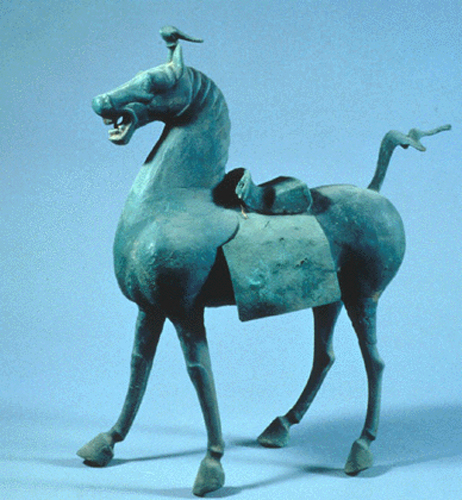
2nd Century Han Dynasty Bronze Horse
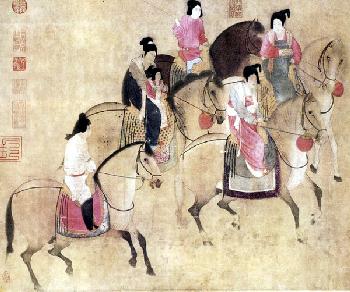
Chinese on Central Asian horses

Container ship for international trade today
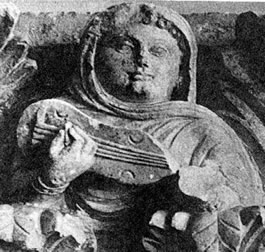
Central Asian Lute Sculpture in Termez, Uzbekistan
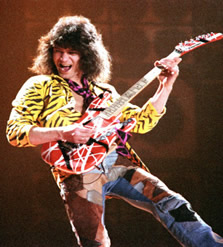
Eddie Van Halen, famous guitar player
Lute
"The roots of most of the plucked lutes found throughout Asia can be traced to two principal sources: China and the Islamic Near/Middle East. However, when you look at the place of origin for China's many different plucked and bowed lutes-- e.g. the sanxian, pipa, ruan, erhu (fiddle), etc.-- it's clearly Central Asia by way of the neighboring nomadic tribes of "horse" peoples like the various Mongol groups and the related Tuva and the Uyghur. The old catch-all term for string instruments in Chinese is huchin, which literally means barbarian (hu) string instruments (chin). (Eventually, huchin became a generic reference for the various types of Chinese fiddles, such as the erhu, banhu, jinghu, etc.)" (Shlomomusic.com)
Chinese Pipa
The pipa, a short-necked lute instrument, first became known in China around the second or third centruy C.E. this stringed instrument reached China from Central Asia through the Silk Road. the pipa, like other versions of the lute, has a pear-shaped body with a wooden belly. A musician holds the instrument on his knee and plucks its four silkd strings with a wooden or metal object called a plectrum. The pipa has been used for hundreds of years as a solo instrument, and much later it became an imporant instrument in Chinese opera orchestras. The pipa's wide musical range makes it suitable for playing sad songs, as well as for expressing the terrible violence of a battle. The influence of the ipipa strpad from China. It reached Japan by the eighth century C.E., and the Japanese develped their own version, called the biwa. Other close variations of the pipa can be found in Korea and Vietnam. (History Alive)
Click here to listen to the pipa
Today
Today, the most common string instrument that had evolved from the lute and pipa is the guitar. Most music bands and concerts feature at least one guitar player.
Video: Eddie Van Halen playing "Eruption" (Guitar Solo)
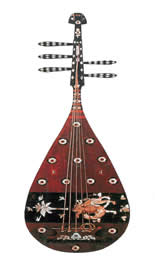
Tang Dynasty Pipa
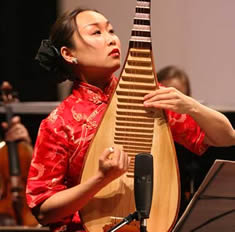
Liu Fang, famous pipa player
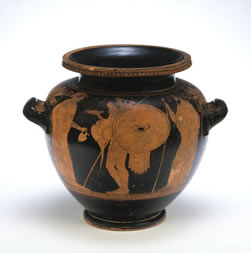
Ancient Greek Wine Jug
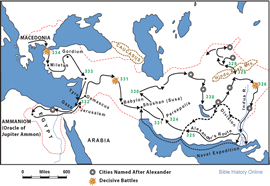
Map of Alexander the Great's Military Campaigns
(click to enlarge)
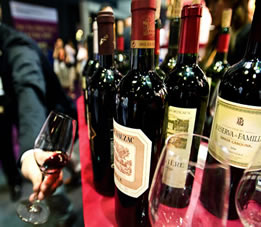
At a wine show
Wine
"Greek people grew wine both to drink themselves and to sell to other people, from the Bronze Age right through the Hellenistic and Roman periods. Most Greek people drank wine every day. Because the water was often unsafe to drink, people thought it was safer to drink wine. But they did not think it was okay to get drunk. Most people mixed their wine with water, so that it wouldn't make them drunk. If a man or woman drank unmixed wine, people suspected that person of being an alcoholic." (History for Kids)
"Although the political entity created by Alexander failed to survive him, he was nevertheless instrumental in creating a uniform economic and cultural world stretching from the Straits of Gibraltar to the Indus River. In the succeeding Hellenistic Age (323-146 BC.) the ancient world came to have a common Graeco-Oriental culture. A single trade area was opened to the merchants of each region and all benefited from the release of Persian bullion. The new trade areas opened we know today as the famous Silk Routes." (Silk-Road.com) These trade routes brought Greek grapevines and winemaking culture to Central Asia.
Around 139 B.C.E., the Han emperor sent Zhang Qian (famous general)on a journey outside of China to leran about foreign lands. Zhang returned 10 years later, with tales of fabulous riches and wonders in the land west of China. One legend says he brought back grape wine from Central Asia, as well as the method to make it. Traditionally, the Chinese had made wine from rice, a grain called millet, wild berries, and fruits such as plums and peaches. When grapes wee first introduced, the han emperors kept the vineyards solely for the use of the imperial palace. Special wine cups like this one were made for the imperial family. Thus, while the nobility and other wealthy Chinese drank grape wine, it was not available and not even known to most Chinese people for several hundred years. However, by the sixth century C.E., the Chinese began to grow grapes in parts of the country where the climate and soil were suitable, adn grape wine became popular among the general population. (History Alive)
Wine Today
Wine is used all over the world today. Many cultures drink it regularly with a meal and even go to wine shows to sample varieties of wine made from different grapes grown all over the world. Christians use wine in the Eucharist, the blessing of wine as the blood of Christ.
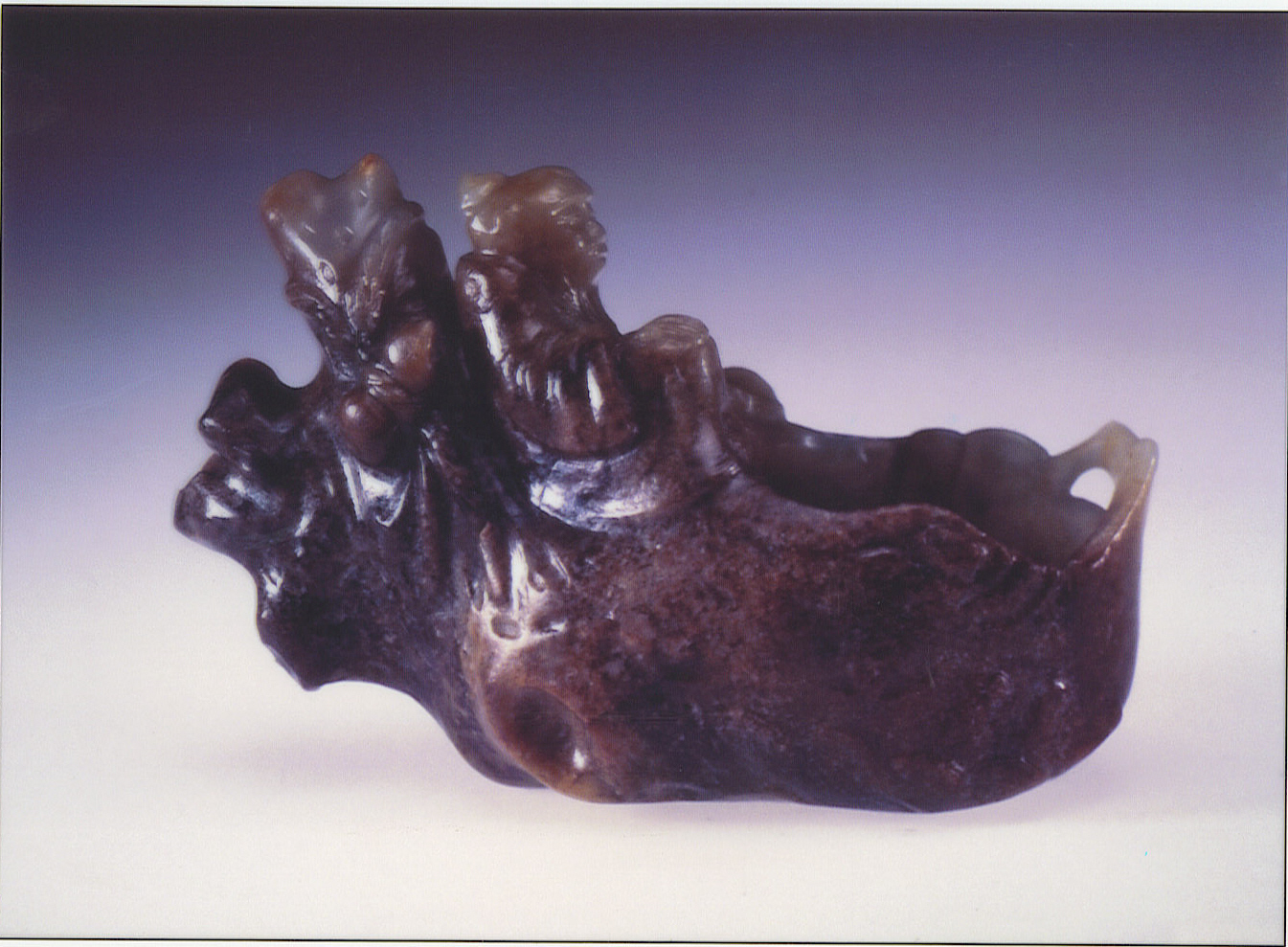
Wine cup with carving of Zhang Qian
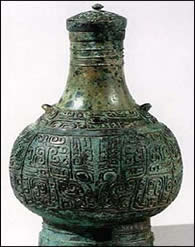
Ancient Wine Jar from Anyang, China

Priest blessing the Communion Wine
